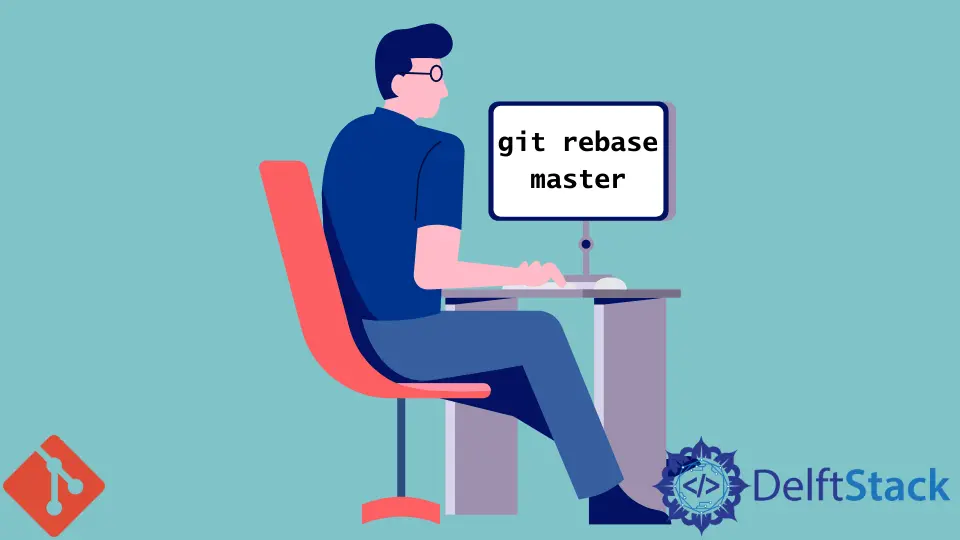How to Rebase Git Branch
- Understanding Git Rebase
- Step 1: Fetch the Latest Changes from the Remote Repository
- Step 2: Rebase Your Local Branch onto the Remote Master
- Step 3: Push Your Changes to the Remote Repository
- Conclusion
- FAQ

Rebasing is a fundamental technique in Git that allows developers to maintain a clean and linear project history. Whether you’re collaborating on a team or managing your own projects, understanding how to rebase your local branch to a remote master branch can significantly enhance your workflow.
In this tutorial, we will explore the essential commands needed to rebase effectively, including git fetch, git rebase, and git push. By the end of this guide, you will be equipped with the knowledge to confidently rebase your branches, resolve conflicts, and push your changes to the remote repository. Let’s dive in!
Understanding Git Rebase
Before jumping into the practical steps, it’s important to grasp what rebasing is. When you rebase a branch, you essentially move or combine a sequence of commits to a new base commit. This is particularly useful when you want to integrate changes from the master branch into your feature branch without creating unnecessary merge commits. Rebasing helps maintain a cleaner project history, making it easier to navigate through commits later on.
Step 1: Fetch the Latest Changes from the Remote Repository
The first step in the rebasing process is to fetch the latest changes from the remote repository. This ensures that your local repository is up-to-date with the remote master branch. You can do this using the git fetch command.
git fetch origin
Output:
From https://github.com/username/repo
1234567..89abcde master -> origin/master
In this command, origin refers to the default name of your remote repository. By executing git fetch origin, you pull in the latest commits from the remote master branch without merging them into your local branch. This gives you the opportunity to review changes before applying them.
Step 2: Rebase Your Local Branch onto the Remote Master
Once you have fetched the latest changes, the next step is to rebase your local branch onto the remote master branch. This is where the real magic happens. You can do this using the git rebase command.
git rebase origin/master
Output:
First, rewinding head to replay your work on top of it...
Applying: Your commit message
When you run this command, Git will take all the changes you made in your local branch and apply them on top of the latest commits from the remote master branch. If there are no conflicts, the rebase will proceed smoothly. However, if conflicts arise, Git will pause the process and prompt you to resolve them before continuing.
Resolving conflicts involves manually editing the files with conflicts, marking them as resolved, and then continuing the rebase process. You can do this with:
git add <resolved-file>
git rebase --continue
This process allows you to ensure that your changes are integrated seamlessly with the latest updates from the master branch.
Step 3: Push Your Changes to the Remote Repository
After successfully rebasing your local branch, the final step is to push your changes back to the remote repository. This is done using the git push command. However, since rebasing rewrites commit history, you will need to use the --force option to push your changes.
git push origin your-branch --force
Output:
To https://github.com/username/repo
+ 1234567...89abcde your-branch -> your-branch (forced update)
Using --force allows you to overwrite the remote branch with your rebased commits. While this is powerful, it’s crucial to ensure that no one else is working on the same branch, as it can lead to lost commits for others. Always communicate with your team before performing a forced push.
Conclusion
Rebasing your Git branch is a powerful technique that can help streamline your development process. By following the steps outlined in this tutorial—fetching the latest changes, rebasing your local branch, and pushing your changes to the remote repository—you can maintain a cleaner project history. This not only enhances collaboration but also makes it easier to track changes over time. Remember to always communicate with your team when performing actions that rewrite commit history, and happy coding!
FAQ
-
What is the difference between merging and rebasing?
Merging combines changes from two branches, creating a new merge commit, while rebasing moves commits from one branch to another without creating additional merge commits. -
Can I rebase a branch that has already been pushed to a remote repository?
Yes, but you should be cautious. Rebasing rewrites commit history, so if others are working on the same branch, it can lead to conflicts. Always communicate with your team before rebasing. -
How do I resolve conflicts during a rebase?
When conflicts occur, Git will pause the rebase process. You can manually edit the conflicting files, mark them as resolved withgit add, and then continue the rebase usinggit rebase --continue.
-
Is it safe to use the
--forceoption when pushing?
Using--forcecan overwrite changes in the remote repository, which may lead to lost commits if others are also working on the branch. Always ensure that you are the only one working on the branch before using it. -
Can I abort a rebase if I encounter issues?
Yes, you can abort a rebase at any time by runninggit rebase --abort. This will return your branch to its original state before the rebase began.
John is a Git and PowerShell geek. He uses his expertise in the version control system to help businesses manage their source code. According to him, Shell scripting is the number one choice for automating the management of systems.
LinkedIn